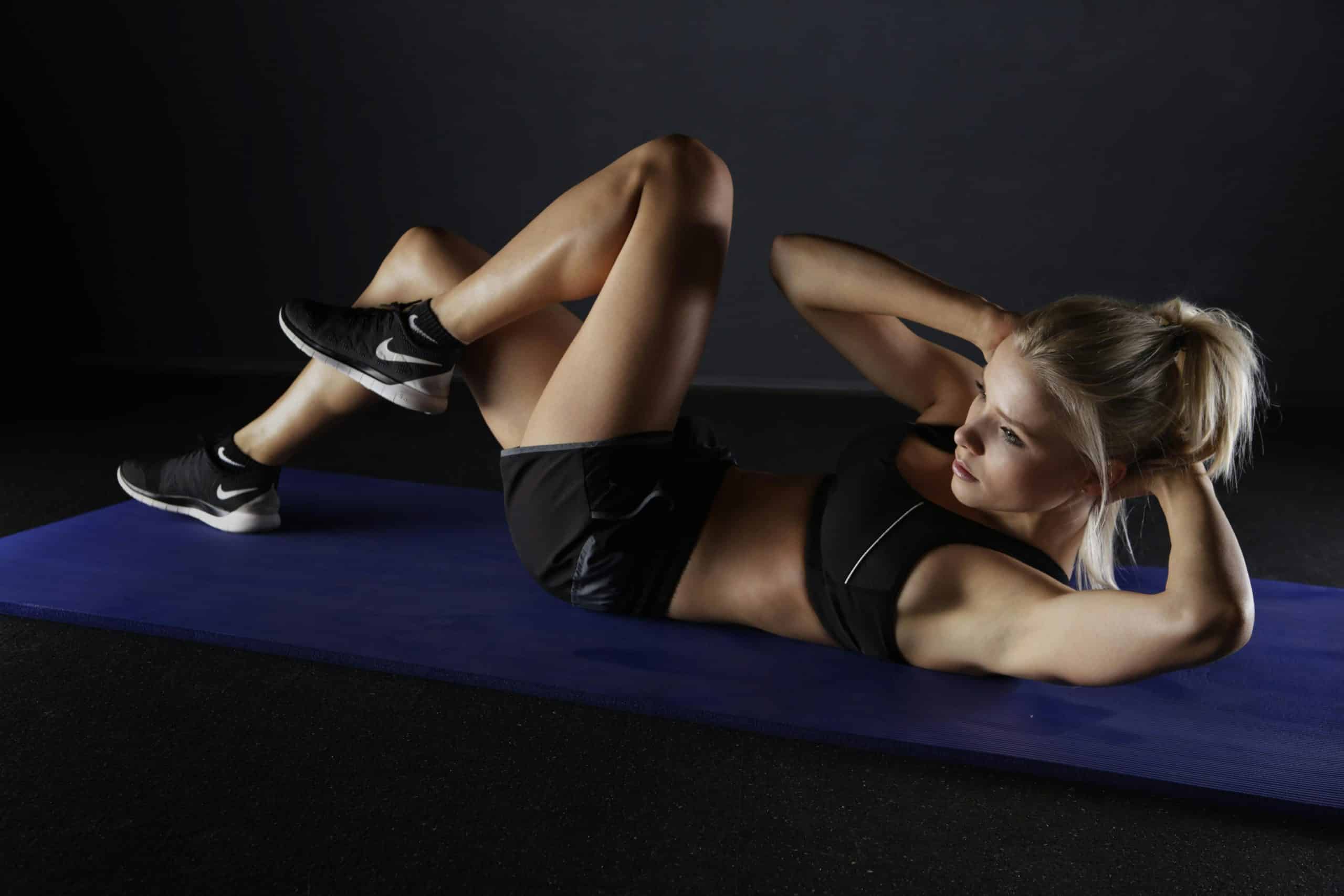You’ve heard it time and again – music is a powerful tool that can enhance our mood, motivation, and performance. Whether you’re cleaning the house, driving, or studying, the right music can make the task at hand seem less daunting and more enjoyable. In the domain of sports and exercise, music plays a significant role as well, with athletes often donning earbuds to pump up their performance. But have you ever wondered about the relationship between music tempo and exercise performance? Specifically, does the tempo of a song have any bearing on pace regulation in indoor rowing?
This article aims to delve into this intriguing topic, bringing to light findings from scientific studies that are sure to leave you with a newfound appreciation for the interplay between music and exercise.
Also to see : How Does Psychological Skills Training Reduce Burnout in Professional Coaches?
The Interplay Between Music and Exercise
Before we explore the effect of music tempo on indoor rowing, it’s essential to understand the broader relationship between music and exercise. Numerous studies have been conducted on this subject, and the consensus among scholars is that music has a palpable impact on exercise performance.
Research indicates that listening to music while exercising can distract the mind from feelings of fatigue, boost mood, enhance endurance, and even promote metabolic efficiency. Perhaps most relevant to our topic, however, is the fact that music – specifically its tempo – has been found to significantly influence exercise pace or the rate at which an exercise task is performed.
In parallel : Can Probiotic Supplementation Reduce Gastrointestinal Issues in Endurance Athletes?
Music tempo refers to the speed or pace of a piece of music, typically expressed in beats per minute. Faster tempos can stimulate an increase in exercise speed, while slower tempos may induce a relaxed state, causing a decrease in exercise speed.
Exploring the Effects of Music Tempo on Indoor Rowing
In the realm of indoor rowing, the impact of music tempo on pace regulation has been the subject of several studies. One notable study was conducted by sports psychologist Dr. Costas Karageorghis, a renowned scholar in the field of music and exercise.
Karageorghis and his team sought to determine whether the tempo and intensity of music impact the rate at which participants performed an indoor rowing task. They found that when rowers listened to faster-tempo music, they tended to row at a quicker pace, without even realizing their increased rate.
This study lends credence to the theory that music tempo can subconsciously regulate exercise pace. When participants listen to faster music, their motor movements may involuntarily speed up to match the tempo of the music.
Running the Same Race: A Comparative Study
While indoor rowing presents a unique context to study the effects of music tempo on pace regulation, it’s important to consider studies conducted on other types of exercise as well.
One such study examined the effect of music tempo on pace during running exercises. Similar to the rowing study, it was observed that runners adjusted their pace in response to the music tempo. When motivational, upbeat music was played, the runners increased their speed, demonstrating a higher level of performance.
While running and indoor rowing are different types of exercise, they are both rhythmic in nature, and the human body appears to respond similarly to the influence of music tempo in both conditions.
The Long-term Effects of Music Tempo on Indoor Rowing Performance
It’s clear that music tempo can influence the pace of indoor rowing tasks in the short term, but what about the long-term effects? Can listening to a certain tempo of music over an extended period improve rowing performance?
Studies suggest that it can. Chronically listening to faster-tempo music during rowing exercises has been shown to improve overall rowing performance over time. This effect can be attributed to improved motor coordination and increased motivation, both of which are facilitated by the music.
While more research is needed to fully understand the long-term effects of music tempo on indoor rowing performance, the existing findings are promising. They suggest that incorporating the right music tempo into your indoor rowing routine can bring about positive changes in your performance.
How to Incorporate Music into Your Indoor Rowing Routine
Now that we know how music tempo can affect indoor rowing pace, the next question is, how can you incorporate this knowledge into your own indoor rowing regimen?
You can start by creating a playlist with a tempo that matches your desired rowing pace. If you want to row at a faster pace, opt for music with a higher tempo. On the other hand, if you’re aiming for a more relaxed, steady pace, choose songs with a slower tempo.
Remember, music should enhance your exercise experience, not distract or cause discomfort. So, while the tempo is important, ensure that your playlist also features music that you enjoy, aligns with your personal taste, and motivates you to give your best performance.
Incorporating music into your indoor rowing routine may require some trial and error. But once you find the right tempo and genre that works for you, you might be surprised at the positive impact it can have on your rowing pace and overall performance.
The Science Behind Music and Exercise: A Closer Look
Diving deeper into the science, music tempo impacts exercise performance by influencing our perceived exertion, heart rate, and running performance. We can better understand the influence of music on indoor rowing by looking at how it affects these factors.
Research on Google Scholar reveals that listening to music during exercise can alter our perception of how hard we’re working. In other words, faster, more motivational music can make a strenuous workout seem less difficult. This reduced perceived exertion can encourage us to maintain a faster pace and increase our workout duration.
In addition to altering perceived exertion, music tempo can also affect our heart rate. A study found that listening to faster music led to a higher heart rate during exercise. This increased heart rate can translate into a quicker pace during indoor rowing.
Finally, the tempo of music can directly impact our running performance. Faster music has been shown to enhance running speed, suggesting that a higher tempo can boost performance in other rhythmic sports, like indoor rowing.
While these findings are compelling, it’s important to note that not all exercise experiences will be the same. Some people may respond strongly to music conditions, while others may be less influenced. Hence, it’s crucial to personalize your music selection to align with your individual workout goals and preferences.
The Power of Music in Indoor Rowing: A Conclusion
From the studies cited, it’s clear that music has a profound influence on indoor rowing performance. Specifically, the tempo of the music appears to regulate the pace at which we row, with faster tempos encouraging quicker rowing speeds. It seems that our bodies instinctively sync with the rhythm of the music, adjusting our motor movements to align with the beat. This auditory-motor synchronization can be particularly beneficial in rhythmic sports like indoor rowing.
Music’s impact extends beyond pace regulation, influencing perceived exertion, heart rate, and overall performance. Fast music makes exercise seem less taxing, motivates us to work harder, and fosters improved motor coordination. Over time, these benefits can lead to significant improvements in overall rowing performance.
Given these insights, incorporating music into your indoor rowing routine can be a game-changer. The key is to find a balance, selecting music with a tempo that suits your desired pace, motivates you, and aligns with your personal taste. Remember, the ultimate goal of using music during exercise is to enhance your workout experience, not to distract or cause discomfort.
In conclusion, music is not just a form of entertainment; it’s a powerful tool that can positively influence our indoor rowing performance. From facilitating pace regulation to reducing perceived exertion, the benefits of music in sports and exercise are numerous and scientifically grounded. So, the next time you hop onto your rowing machine, don’t forget to plug in your earbuds and let the power of music drive your performance.











